Don't hesitate to send a message
The design and production comply with ISO8537. The plastic parts are moulded by ...
In modern medical diagnostics, biopsy procedures play an essential role in detecting and analyzing various tissue abnormalities. Among the many instruments used, the Tissue Biopsy Needle, Aspiration Biopsy Needle, and Automatic Biopsy Needle are crucial tools in achieving accurate results while maintaining patient safety.
However, due to their sharp design and sterile nature, improper handling can lead to contamination, injury, or sample degradation. Understanding safety protocols is vital for healthcare professionals and technicians who work with these instruments daily.
Before exploring safety practices, it's important to recognize the differences among the Tissue Biopsy Needle, Aspiration Biopsy Needle, and Automatic Biopsy Needle.
The Tissue Biopsy Needle is typically designed to extract small cylindrical samples of tissue from specific organs or areas of concern.
The Aspiration Biopsy Needle works by using suction to withdraw cells or fluid, commonly applied in fine needle aspiration (FNA) procedures.
The Automatic Biopsy Needle features a spring-loaded or motorized mechanism that enables quick, precise sampling with minimal manual intervention.
While each tool serves a different purpose, the fundamental principle remains the same — ensuring accuracy, cleanliness, and operator safety throughout the procedure.
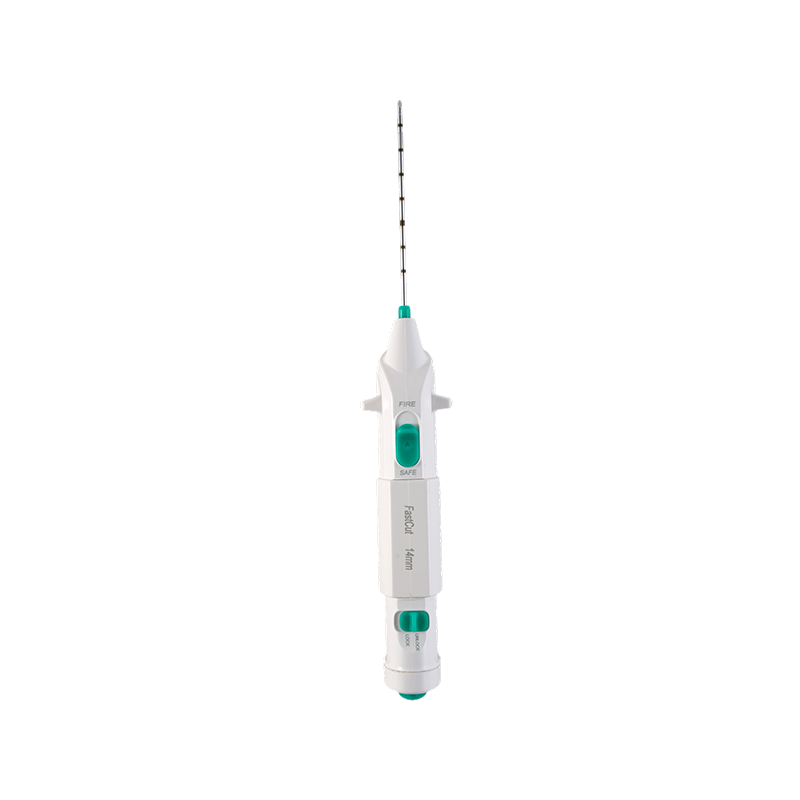
Preparation begins long before the Automatic Biopsy Needle is used. Medical staff should always verify that the Tissue Biopsy Needle packaging is intact and that sterility has not been compromised. Inspecting expiration dates and confirming product integrity helps prevent cross-contamination and infection risks. Similarly, the Aspiration Biopsy Needle must be kept in a controlled environment, away from humidity and direct sunlight, which can affect its structural quality.
All instruments, including the Automatic Biopsy Needle, should be unpacked only in sterile conditions. Operators should wear gloves and follow aseptic techniques to minimize the risk of contamination. These small steps form the foundation of safe and efficient biopsy procedures.
When handling a Tissue Biopsy Needle, ensure that you always hold it by the base or handle, avoiding contact with the sharp or sterile tip. Never attempt to recap used needles manually, as this significantly increases the chance of accidental injury. The Aspiration Biopsy Needle requires careful control during insertion and removal, as its fine tip can easily bend or break under pressure.
For the Automatic Biopsy Needle, understanding the device's firing mechanism is key. Operators should always point the device away from themselves and others before activation. Accidental discharge can cause serious harm, especially if the needle is loaded and ready to fire. Clear communication within the surgical or clinical team also prevents unnecessary motion during critical moments of the procedure.
Once the sample has been collected, disposal becomes a top priority. Used Tissue Biopsy Needles, Aspiration Biopsy Needles, and Automatic Biopsy Needles must be placed directly into designated sharps containers. Never place them on trays, countertops, or other non-secure surfaces. This reduces the risk of accidental punctures and maintains a hygienic working environment.
After disposal, healthcare staff should remove gloves carefully to avoid contact with any contaminants. All surfaces should be disinfected, and instruments should be documented for traceability and quality assurance. A consistent post-use routine not only ensures safety but also strengthens procedural compliance within medical facilities.
Safety in biopsy procedures is not just about following rules—it's about fostering a culture of awareness and responsibility. Every Tissue Biopsy Needle, Aspiration Biopsy Needle, and Automatic Biopsy Needle should be treated with respect and precision, from preparation to disposal. By adhering to standardized safety protocols and maintaining continuous education, medical professionals can protect themselves and their patients while ensuring the accuracy of diagnostic outcomes.
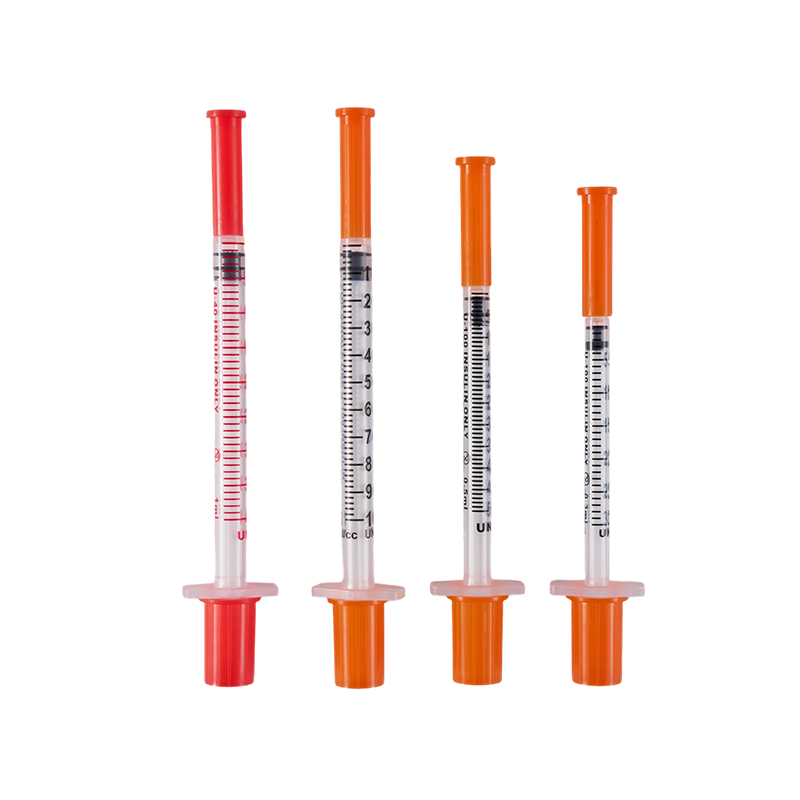
The design and production comply with ISO8537. The plastic parts are moulded by ...
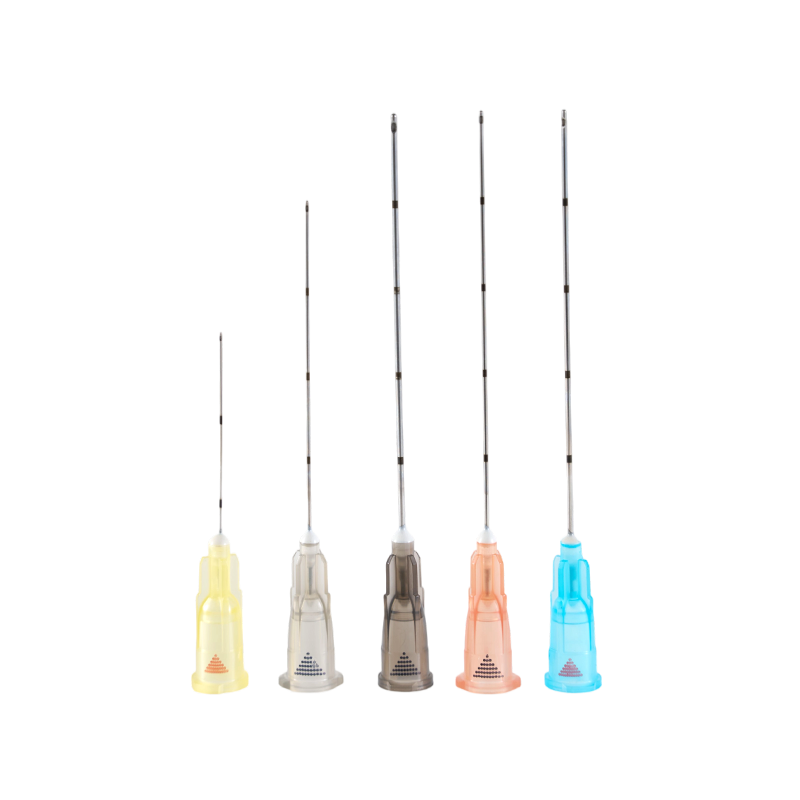
There are three kinds of the tip types, Sealed-circle with 2 side holes, sealed-...

Assembling with insulin pen, for insulin hypodermic injection.The plastic parts ...

Used in conjunction with an insulin pen, it is used for subcutaneous injection o...
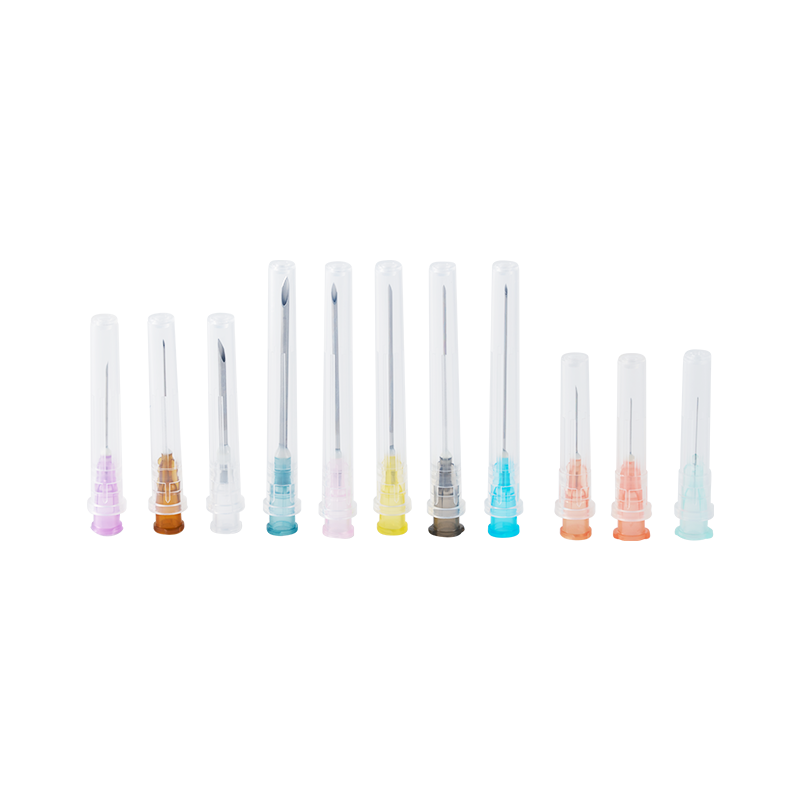
The cannula is made of high quality austenite stainless steel.All the components...
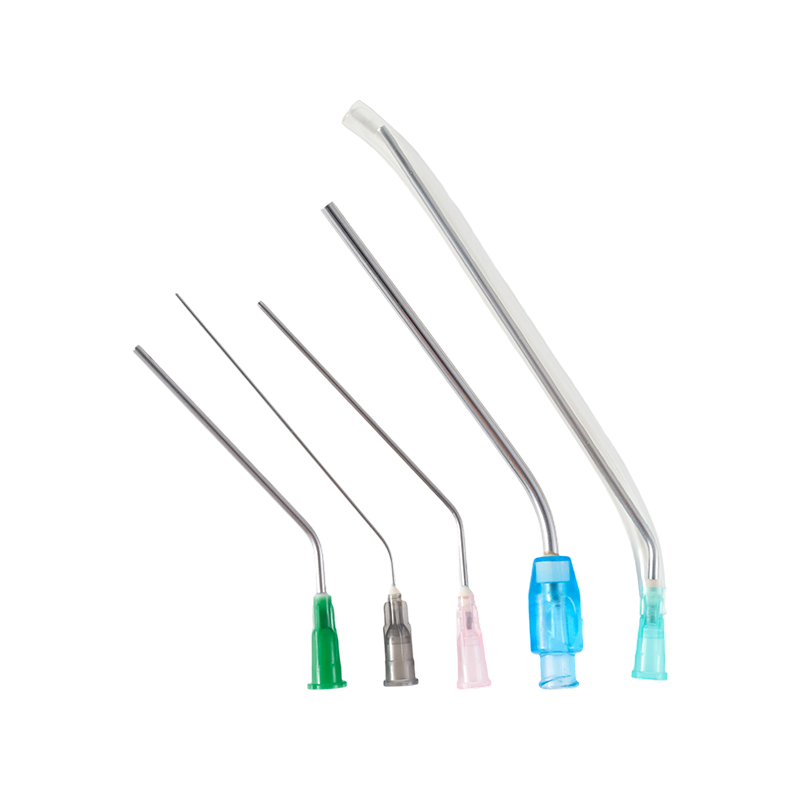
The material of the needle is Medical grade SUS304,which have great stiffness, t...

The barrel is made from high transparent polypropylene(PP),which have a bright a...

The cannula is made of high quality austenite stainless steel.The lancet tip is ...